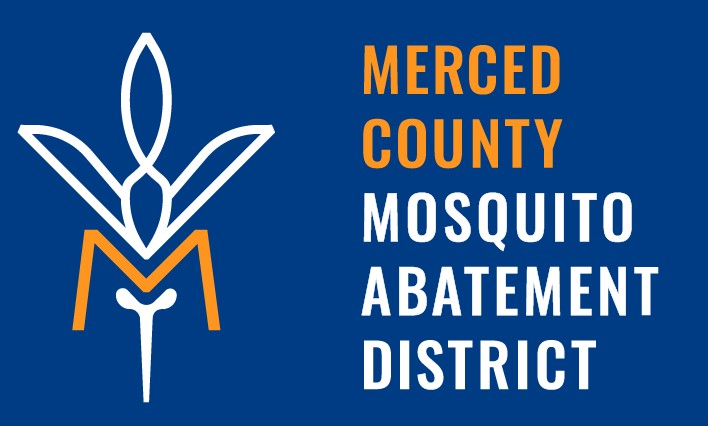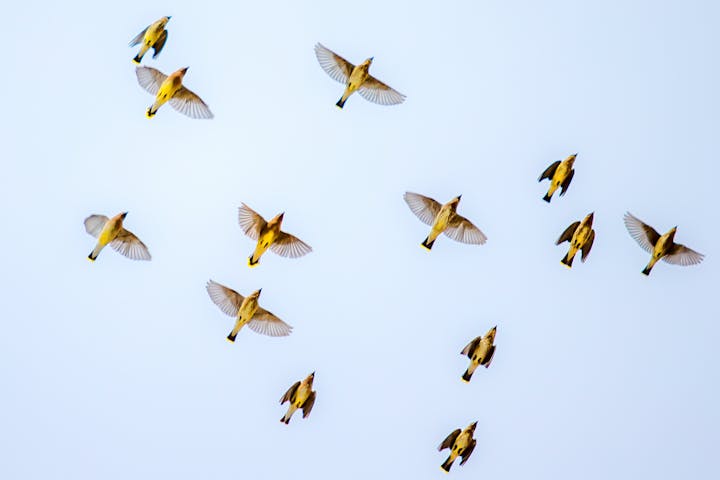West Nile Virus
West Nile virus (WNV) is a mosquito-borne disease first detected in the United States in 1999. WNV first appeared in California in 2003 and by 2004, WNV had spread to all 58 counties. Risk of infection is reduced through the concerted actions of local and state public health and vector control agencies. People can protect themselves by taking precautions to avoid being bitten by mosquitoes. - CDPH
The 3 D's Recommended by CDPH
1. DEET – Apply insect repellent containing DEET, picaradin, oil of lemon eucalyptus or IR3535 according to label instructions. Repellents keep the mosquitoes from biting you. Insect repellents should not be used on children under two months of age.
2. DAWN AND DUSK – Mosquitoes that transmit WNV usually bite in the early morning and evening so it is important to wear proper clothing and repellent if outside during these times. Make sure that your doors and windows have tight-fitting screens to keep out mosquitoes. Repair or replace screens that have tears or holes.
3. DRAIN – Mosquitoes lay their eggs on standing water. Eliminate all sources of standing water on your property by emptying flower pots, old car tires, buckets, and other containers. If you know of a swimming pool that is not being properly maintained, please contact your local mosquito and vector control agency.
West Nile Virus Information
- WestNileVirus - CDPH
- westnile.ca.gov
Printable PDFs:
.png?ixlib=rb-1.1.0&w=2000&h=2000&fit=max&or=0&s=3b5bd92f883a94a3be8c9e67061df7fb)


